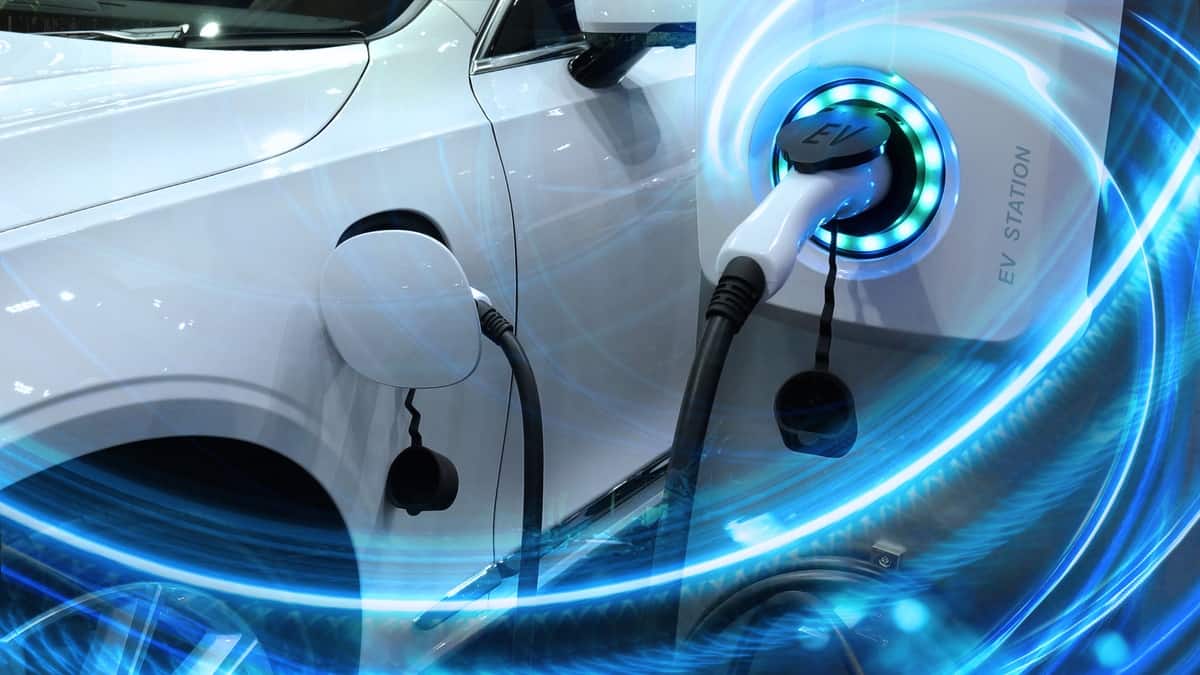Catalytic converters are emissions control devices installed in an internal-combustion engine vehicle to cut the carbon emissions it produces. However, many wonders if electric vehicles also employ this technology.
Cleantech provided a comprehensive guide to explain the catalytic converter functions in ICE vehicles and if EVs also have them.
Catalytic Converter’s role in ICE vehicles
As stated above, catalytic converters are used to cut emissions produced by gasoline-powered vehicles. Essentially, this technology converts emissions to less hazardous chemicals in the exhaust pipe the EV release into the atmosphere.
Notably, catalytic converters have two main types: oxidation and reduction catalysts. As per the report, oxidation catalysts turn “carbon monoxide (CO) and hydrocarbons (HC) in the exhaust gas into carbon dioxide (CO2) and water.” Meanwhile, the reduction catalysts change nitrogen oxides (NOx) into nitrogen and oxygen.
That said, catalytic converters play a major role in ensuring the cleanliness of the mobility from ICE vehicles as much as possible.
Are EVs also equipped with catalytic converters?
Electric vehicles are definitely not equipped with catalytic converters, as they do not cause the same toxic emissions that ICE vehicles produce.
Essentially, EVs are equipped with electric motors and batteries. For those unaware, EV batteries are replenished by charging the vehicle to charging stations or outlets. That said, they do not require burning fossil fuels, which produce harmful carbon monoxide, hydrocarbons, and nitrogen oxides.
Nonetheless, it must still be emphasized that the energy used in EVs may also cause harmful emissions if it comes from coal-fired power plants and natural gas. There is also a clean way to generate energy for EVs from renewable sources like wind and solar.
Emissions control alternatives for EVs
Instead of catalytic converters, EVs use other tools to cut emissions and protect the environment.
The electric motor installed in an EV is said to be enormously efficient and generates substantially low emissions.
The onboard chargers also change AC to AC electricity from the charging station/outlet to efficiently replenish the EV battery.
Furthermore, EVs may be equipped with braking systems to naturally collect the energy lost due to braking. Remarkably, the captured energy can provide energy to the EV battery when necessary.
Conclusion
As discussed above, EVs are not equipped with catalytic converters as they do not generate the same extent of toxic emissions as ICE vehicles. They only use their electric motors, onboard chargers, and regenerative braking systems to manage emissions that they can possibly produce in general.
Furthermore, the energy used in powering EVs may also harm the environment, depending on the source. Nonetheless, EVs are still more sustainable in the entirety of their use.
All that said, joining the EV adoption drive will save you from rising fuel costs and the environment from the harmful emissions that cause various health issues.

